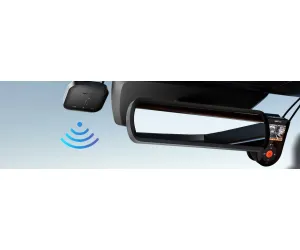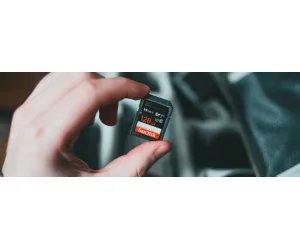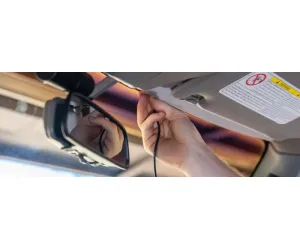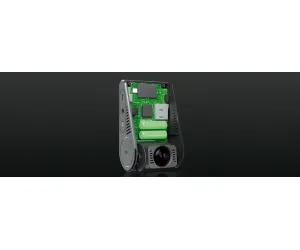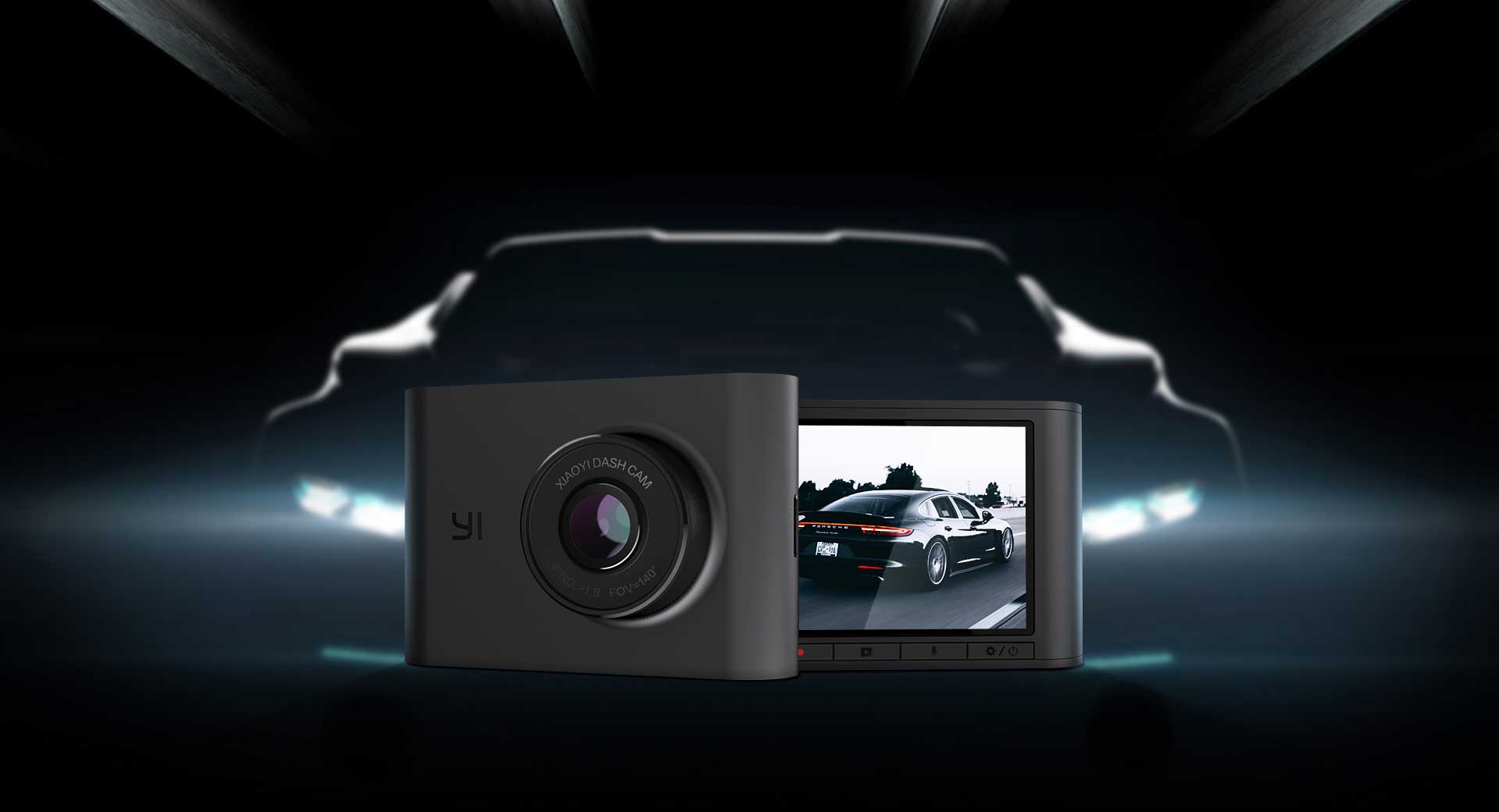
Buying the best dash cam for your car involves considering several important factors. Understanding your requirements will help you select the right dash cam for your situation.
- First think about what type of dash cam you need.
- Then think about the video quality you need.
- Next check for helpful features such as a Parking Mode, HDR, wide-angle lens, night vision, etc.
- Finally set a budget and compare prices to find a dash cam that offers good value for your money.
This article will look at the common features of dash cams and explain their benefits and describe how they work.
What type of dashcam I need?
Understanding your requirements will help you select the right dash cam for your situation, examples:
- You need a proof in case of an accident while you are driving. A front and rear dash cam with resnabule resolution will do the job.
- You need to monitor your car while driving and parking as well. You will need a dash cam with a Parking Mode.
- You want to capture videos of your trips and adventures. You will need a dash cam with a high resolutions.
- Yo need to monitor the driver behavier. You need a dash cam with cabin view.
- You need to keep an eye on your kids and also prooof of an accident, you need a 3 channels dash cam.
You can find various types depending on your needs. Do you need to record to have proof in case of an accident, or do you want to keep an eye on the passengers, or do you want to monitor your assets?
- Front dash cam
- Front & Rear dash cam
- Front, Cabin & Rear dash cam
- Front & Cabin dash cam
- etc ..
What video quality do I need in a dash cam?
Resolution
Dash cam resolution refers to the clarity of the video recorded by a dashboard camera. Higher resolution means clearer and sharper images making it easier to see details like license plates and road signs. Common resolutions for dash cams include 1080p (Full HD) and 4K with 4K providing the best image quality. A higher resolution can be helpful if you need to review footage for evidence after an accident.
- High resolution is not always what you need; cameras with low resolution may do the job.
- Pay attention to the details and leave out the broad titles. Many cameras have poor recording quality when recording with the rear and front cameras at the same time.
Difference Between 480p, 720p, 1080p, 1440p, 4K & 8K Resolutions
Image Sensor
A dash cam's image sensor is essential for capturing video and images while driving. Its quality significantly impacts footage clarity particularly in low light. A superior image sensor records critical details like license plates and road signs making it vital for ensuring safety and security on the road. Thus selecting a dash cam with a high-quality image sensor is important.
- The lastest image sensor and the most powerfull availabule for the dashcam is the SONY Starvis 2
Processor /CPU
The processor is essential as it processes and encodes captured video footage. A high-quality processor improves video clarity making important details more visible. Ultimately the processor is key to the effectiveness of dash cams in recording driving events.
Recording Capabilities
What features do I need in a dash cam?
Night Vision & IR
Parking Mode
Dash cam parking mode is a useful feature that allows the camera to record while the vehicle is parked. When the car is turned off the dash cam can still capture video if it detects movement or impact. This is important for protecting your vehicle from vandalism or accidents that happen when you are not around. The dash cams need to be hardwired to the car's electrical system to ensure they remain active. Using parking mode can provide peace of mind knowing that your car is being monitored even when you are away.
There are several modes of parking mode:
- Motion Detection, the dash cam in sleep, will only record when it detects motion around the car.
- Vibration Detection, the dash cam in sleep, will only record when it detects vibration /accident.
- Low Bit,
- Time Laps
Angle Coverage
Dash cam angle coverage refers to how much area the camera can see while driving. A wider angle allows the camera to capture more of the road and surroundings which can be helpful in case of an accident. Typically dash cams have an angle coverage ranging from 70 to 180 degrees. A wider field of view can provide better evidence but it may also include more distortion at the edges so it is essential to find a balance that meets your needs.
G-Sensor
A dash cam G-Sensor;also known as a gravity sensor, helps detect sudden movements or impacts such as during an accident. When the G-Sensor senses these changes it automatically saves the video footage from that moment. This ensures that crucial evidence is not lost. With a G-Sensor drivers can feel more secure knowing that their dash cam will capture important events on the road.
GPS
The GPS feature uses signals from several satellites to track where the dash cam is located. It records details like latitude longitude and elevation in the videos and pictures. This helps identify the location and speed when watching the recording later.
WDR/HDR
Dash cams with WDR (Wide Dynamic Range) and HDR (High Dynamic Range) features are essential tools for drivers. These technologies help capture clear video in challenging lighting conditions such as bright sunlight or low light at night. WDR balances the light levels ensuring that both bright and dark areas are visible in the footage. On the other hand HDR enhances the overall image quality making colors more vibrant and details clearer. Together these features provide reliable evidence in case of accidents or disputes on the road.
Wi-Fi
A dash cam with Wi-Fi is a useful device that helps capture video while driving. It records everything that happens on the road offering valuable evidence in case of accidents or disputes. The Wi-Fi feature allows users to connect the dash cam to their smartphones or tablets. This connection makes it easy to view and download videos without needing to remove the camera from the car. Overall a dash cam with Wi-Fi enhances safety and convenience for drivers.
4G / LTE
Power Source
A dash cam needs a reliable power source to function properly. Most dash cams receive power from the car's cigarette lighter or 12V power outlet. This connection allows the camera to turn on when the vehicle starts and turn off when it shuts down.
Some drivers choose to hardwire the dash cam directly to the car's battery for a more permanent installation. This method can provide a constant power supply even when the vehicle is parked ensuring the dash cam remains active for recording events.
- Cigarette lighter
- Fuse Box
- OBD
Battery
Most of the dash cams do not work on the battery inside it, it only needs it when the main power source is disconnected to save the running recording. The battery usually supplies power for around 30sec, more or less.
- It is better to select a dash cam that works with a supercapacitor and without a battery to avoid risks resulting from heat.
- A smart dash cam should monitor the car battery's power while in parking mode and should disconnect itself from the car’s electricity if the car battery voltage decreases to protect the car battery.
Working Temperature
Mount / Installation
What is the price of a good dash cam?
Hints
- The best dash cam is the one that meets your needs and is within your budget.
- It is wise to watch and read reviews from other users on YouTube to understand their experiences with different models.
- Do not risk your car and buy a product without a warranty from stores that do not provide warranty and after-sales service.
- Protect your rights and obtain them from a licensed and reliable source that provides a two-year warranty and after-sales service according to the regulations of the Ministry of Commerce.
- Installation should be done by an auto electrician or a knowledgeable person, not car accessories shops.
Subjects
- Dash Cam Types
- Dash Cam Resolution
- Image Sensor
- Processor /CPU
- Recording Capabilities
- Night Vision & IR
- Parking Mode
- Angle Coverage
- G-Sensor
- GPS
- WDR/HDR
- Wi-Fi
- 4G LTE
- Battery
- Working Temperature
- Mount / Installation
- Hints



